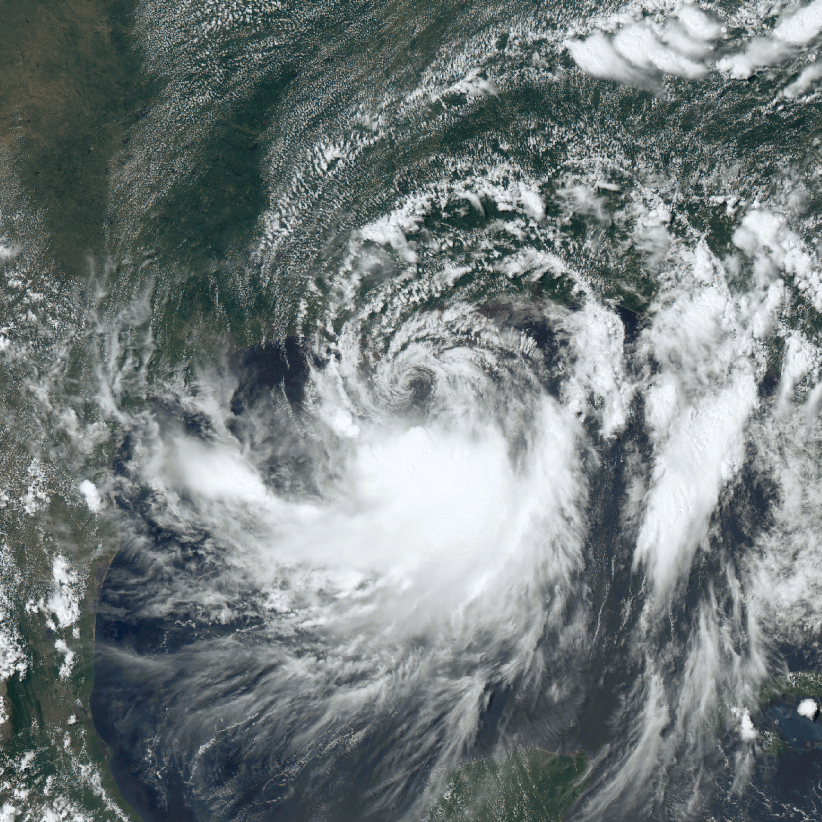Hurricane Barry, now downgraded into a tropical depression, barrelled into the Louisiana coast Saturday and dumped heavy rain, flooding highways and forcing people to climb to rooftops to escape the floodwater.
After shortly being a Category 1 hurricane, Barry weakened to a tropical storm soon before it made landfall near Intracoastal City, about 160 miles west of New Orleans.

Tropical Storm Barry slowly swept inland through gulf coast states Sunday, missing New Orleans but spreading fear elsewhere of flooding and tornadoes.
New Orleans Mayor LaToya Cantrell expressed her relief Sunday, saying the city was “beyond lucky” that rainfall didn’t meet the levels mentioned in early forecasts, since such an event could overwhelm the city’s pumping system. Mayor Cantrell also mentioned extending assistance to nearby areas that were hit harder by the heavy rains.

Though weakened, its rain bands created a flood and tornado threat stretching from central Louisiana to eastern Mississippi and beyond.
Forecasters are warning of continued heavy rains as the center of the storm marches inland. As of this writing, the U.S. National Hurricane Center said parts of south-central Louisiana could still get rainfall totals of up to 12 inches, with some isolated pockets of 15 inches.
Around 64,500 residents in Louisiana, Mississippi and Arkansas were left without power Sunday evening, according to PowerOutage.us.
With maximum winds of 35 mph, the center of Tropical Storm Barry continued to move into Arkansas. According to the National Weather Service (NWS), what remains of Tropical Storm Barry will bring an extended period of moderate to occasionally heavy rainfall as it moves through eastern Arkansas, western Tennessee, Missouri, Mississippi and Ohio.
If you happen to be in any of these areas, it pays to be prepared. Brush up on flood mitigation, get ready for possible blackouts, and ensure that important possessions are safe from water damage.


